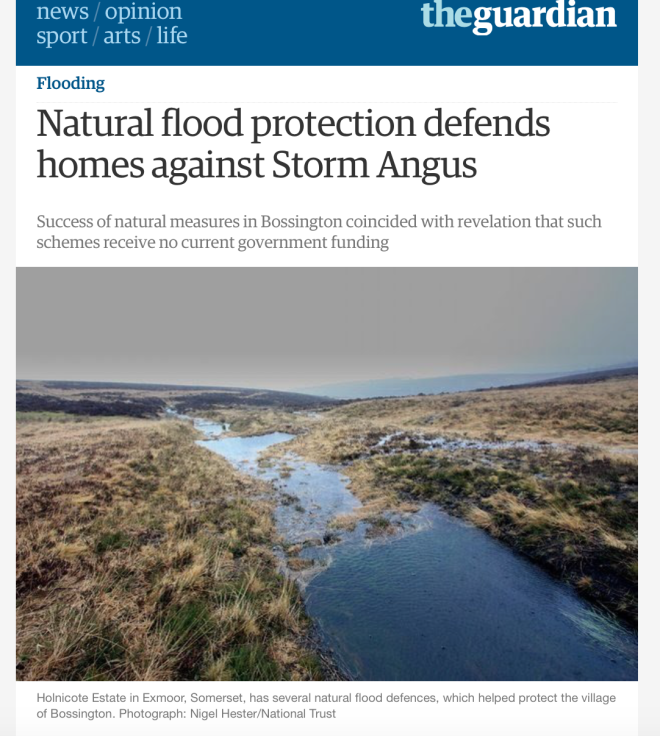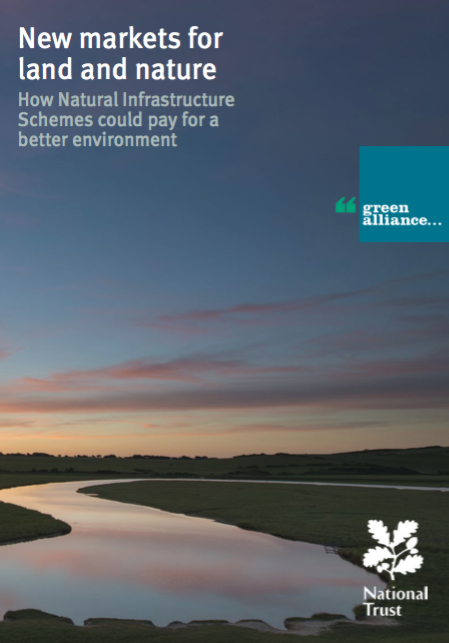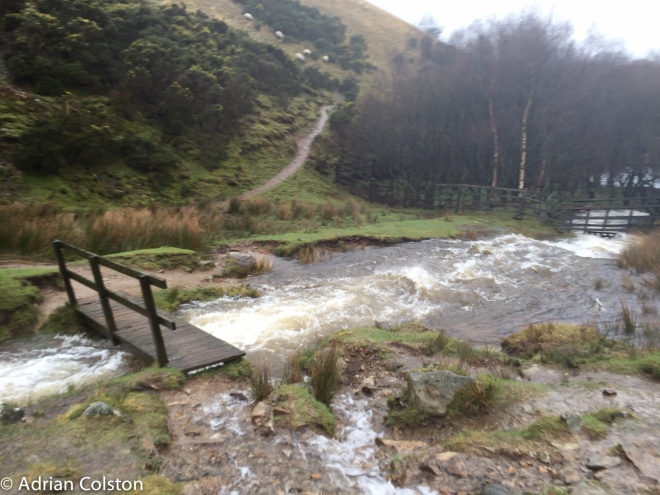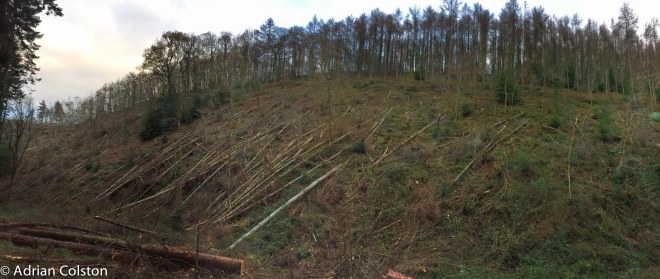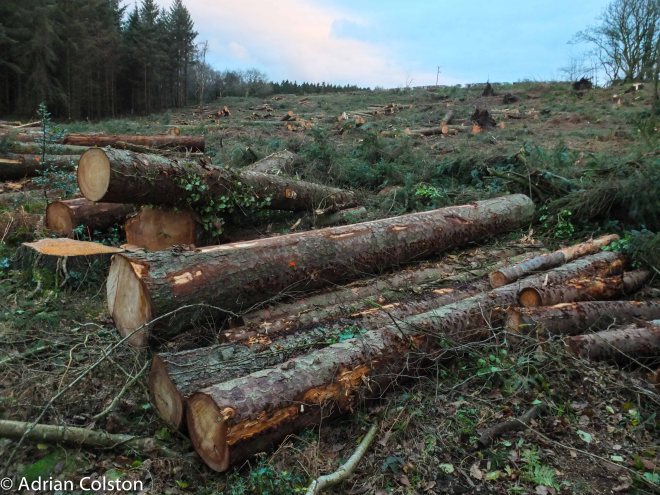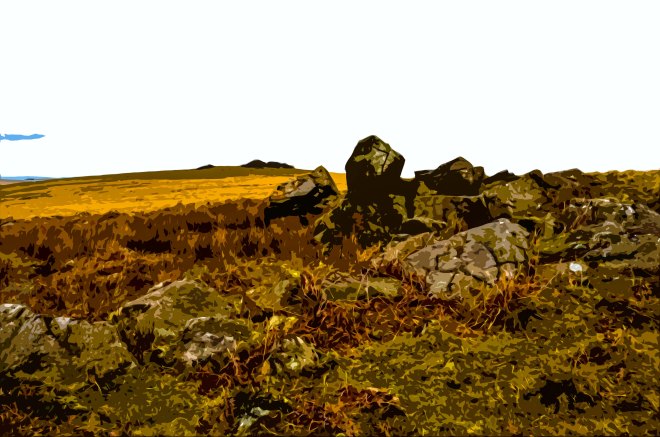I made an impromtu visit to the National Trust’s Wicken Fen reserve yesterday as I was in the East visiting a friend. I haven’t had a good walk around the Fen for around a decade so it was good to see it in spring and in the sunshine. I worked at Wicken for seven years a while back and so it was equally good to see the progress that has been made by the team since then.

The Sedge Fen was really quite wet which for a wetland is a good thing – indeed some of the paths were closed as a result. The re-routed boardwalk was excellent. It wasn’t very long before we heard a booming bittern, saw a male marsh harrier and heard a Cetti’s warbler (counted 13 singing males in total around the reserve). The former and the latter never bred on the Fen when I was there.

It was also good to see this wind pump – another addition since my time. It takes water from one of the alkali rich Lodes (fenland watercourses) and pumps it into the ditches of the old Fen. I spent years trying to sort this out and it is good to see a project in partnership with the Environment Agency has come together.

A new plastic Fen Lighter boat which is electric powered has now been acquired by the National Trust and is used to give visitors a unique perspective of the fenland landscape.
 Looking over to the Mere and its associated roadbeds and scrub from the old Tower Hide – a wetland created after the Second World War
Looking over to the Mere and its associated roadbeds and scrub from the old Tower Hide – a wetland created after the Second World War

A new bridge to allow cattle and ponies to access new land has recently been installed as has this rather good new hide

The reedbeds on Adventurer’s Fen

A couple of Highland Cattle on Baker’s Fen

Another one grazing on Verrall’s Fen

Fantastic beasts – well suited to the Fenland environment – unfortunately the konik ponies were largely congregated on Guinea Hall Farm and I didn’t have time to walk up there to see them.
 A couple of views of a male marsh harrier gliding over the Fen.
A couple of views of a male marsh harrier gliding over the Fen.

In all I saw 6 marsh harriers in the air at one time.

There were also plenty of hobbies on the reserve – perhaps as many as six

There were three hawking St Mark’s flies over the Mere

Even got a special treat with a Great White Egret on Baker’s Fen from Charlie’s Hide.
 Moody fen skies over the Sedge Fen and Visitor Centre with the old wooden Fen Lighter on the left
Moody fen skies over the Sedge Fen and Visitor Centre with the old wooden Fen Lighter on the left
Wicken Fen is growing all the time and is now pretty big – I never got down as far a Burwell Fen – this was arable land in the early 2000s and we acquired it as part of the Wicken Fen Vision to restore it back to wetland for people and wildlife – by all accounts it now looks very different and is host to a range of classic fen species – next time I will try and visit it!
I was very impressed with the wildlife I saw, the quality of the habitat and the progress in the creation of new wetlands. A great race is now underway to see who can create the best wetlands – Wicken Fen and its co-partners at the Great Fen Project and Lakenheath Fen or the Avalon Marshes Partnership in the Somerset Levels.
I don’t mind who wins as long as it is nature.


